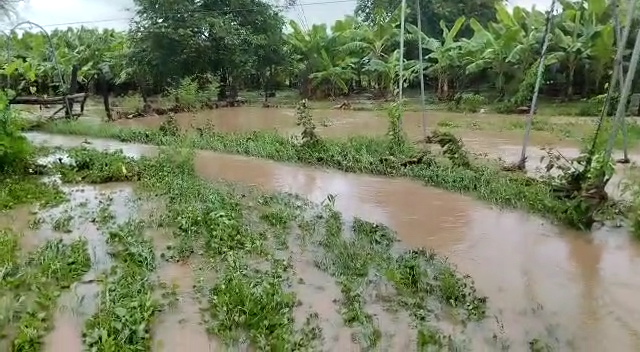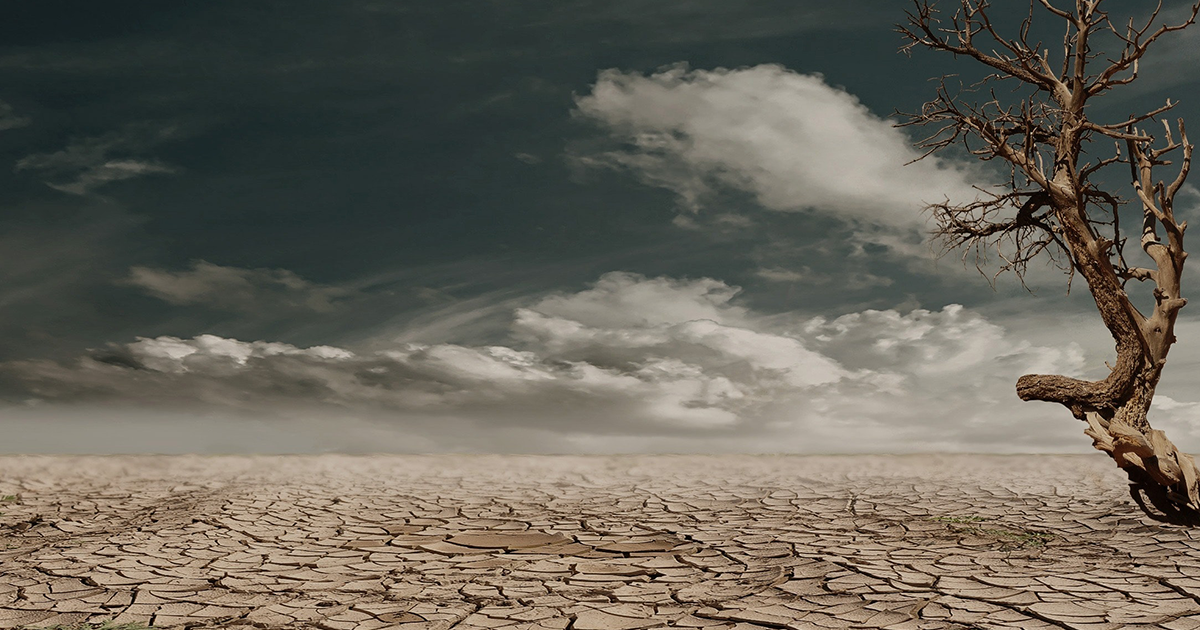What exactly is El Niño?
El Niño is a natural climate phenomenon that occurs in the Pacific Ocean off South America. The ocean there connects an area of high pressure off the west coast of South America with an area of low pressure off the east coast of Australia. In general, trade winds occur in this region. These push the warm surface water to the west and cool water from the depths flows in. The resulting cold current is called the Humboldt Current. It is particularly rich in nutrients and ensures a balanced ocean climate.
In El Niño years, things are different. The trade winds weaken and sometimes even change direction. The changed current diverts the Humboldt Current. Since cold water can no longer come up from the depths, the surface water of the Pacific warms up.[1]
What are the consequences of El Niño?
This has far-reaching consequences: Not only does the increase in water temperature lead to the death of corals and plankton in the Pacific, thus depriving many fish and other sea creatures of their food basis. Weather conditions on land also change enormously in many regions of the world.
Generally dry regions, such as the west coast of South and North America or East Africa, are becoming wetter and sometimes plagued by heavy rainfall and flooding. Southeast Asia, South Africa, Australia or the Amazon, on the other hand, experience severe droughts and higher temperatures, which can lead to increased forest and bush fires.[2]
To sum up: The weather is upside down!
Forecasts for 2023
Now it seems to be the time for El Niño again: A few weeks ago, the World Meteorological Organisation (WMO) announced that El Niño conditions had been observed in the Pacific for the first time since 2016. According to this, weather anomalies are very likely to occur in the second half of the year.[3] Other authorities, such as the US National Oceanic and Atmospheric Administration (NOAA), are even talking about the beginning of El Niño already today.[4]
Particularly worrying: the El Niño effect could intensify the already noticeable consequences of climate change in the upcoming months and years and lead to even more extreme temperatures and weather events in the affected areas than are already the case.[5]
Consequences for our producers
In addition to the severe consequences for people and nature, this, of course, also poses major challenges for agriculture. Weather catastrophes such as heavy rain, flooding or droughts could increasingly lead to crop failures in the affected areas, which would be noticeable throughout the whole market.

This would likely also affect our Ecuadorian banana producers: “Our producers are looking towards the coming winter months with particular concern,” says Karlsson Port, Managing Director of Port International Bananas and Port International Organics GmbH. “They fear heavy rains that could reduce product quality and lead to banana diseases and crop failures.” Preparations for severe weather conditions are therefore already underway, says Karlsson Port. For example, water drains are being laid and optimised to allow the water to drain away better in the event of heavy rainfall. However, everyone involved naturally hopes that it does not come to that and that the intensity of an El Niño is limited this time.
Sources
- https://www.planet-wissen.de/natur/klima/klimaforschung/pwieelniodasunheilkommtzuweihnachten100.html
- https://www.zdf.de/nachrichten/panorama/klima-el-nino-wetter-100.html
- https://public.wmo.int/en/media/press-release/world-meteorological-organization-declares-onset-of-el-ni%C3%B1o-conditions
- https://www.weather.gov/news/230706-ElNino
- https://www.tagesschau.de/wetter/wetterthema/wetterphaenomen-el-nino-100.html










